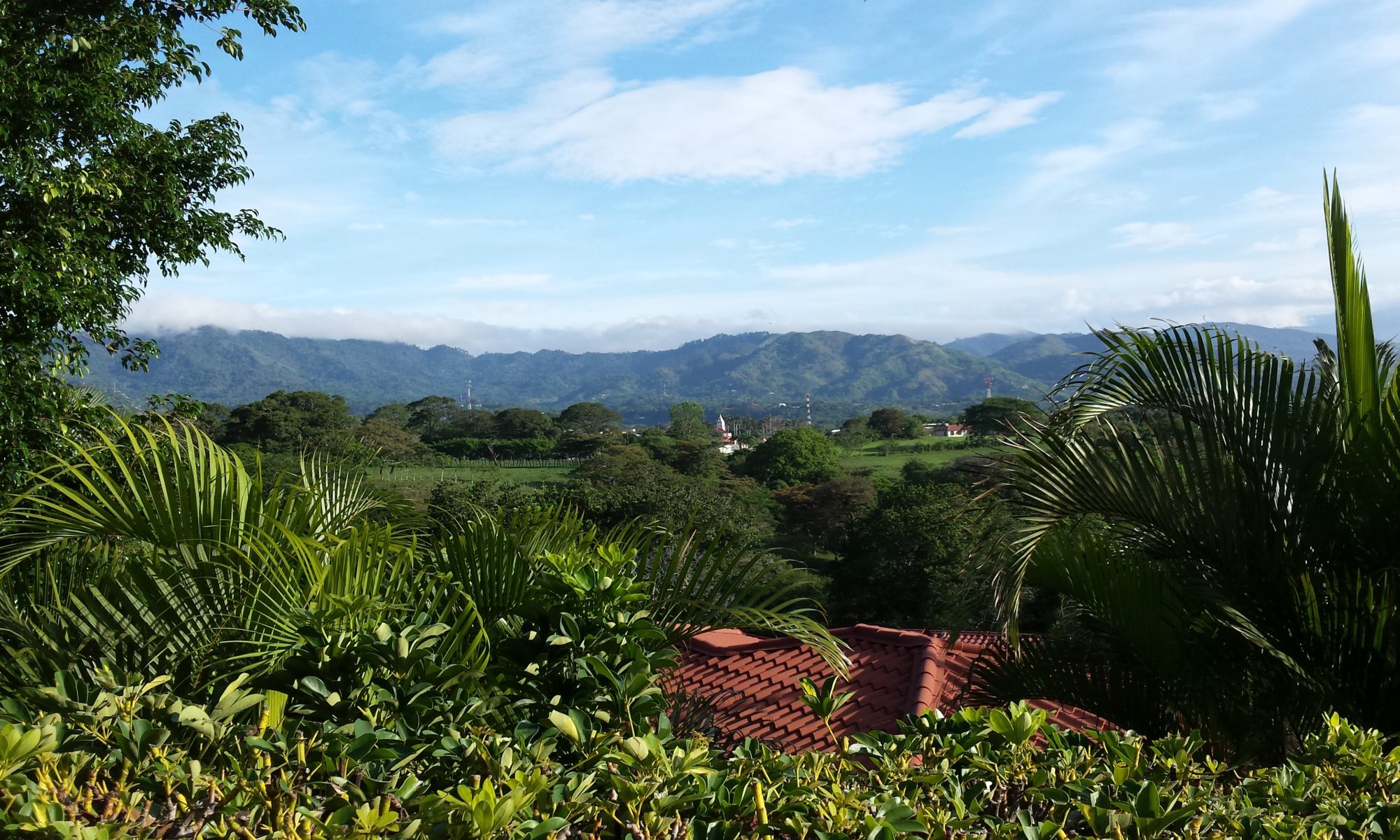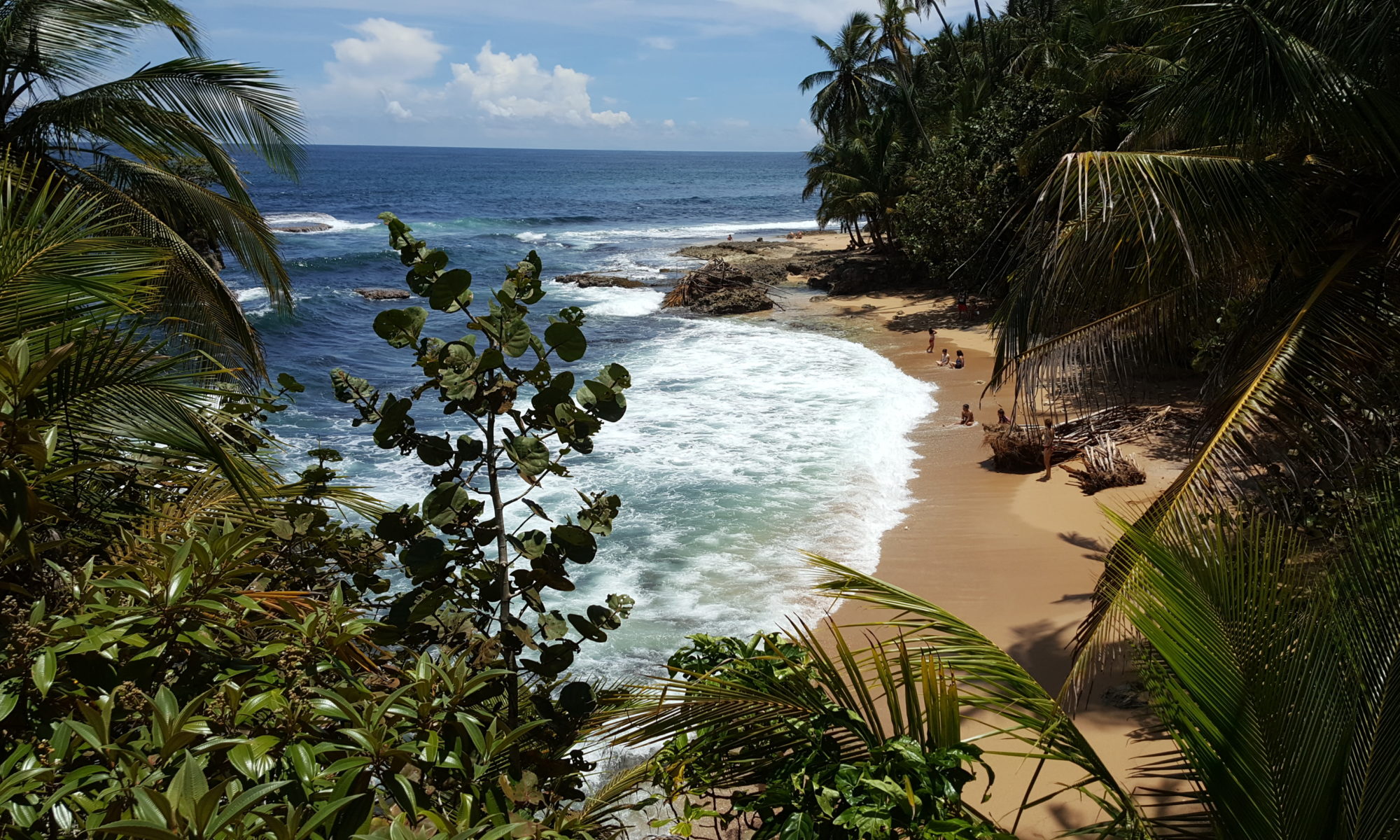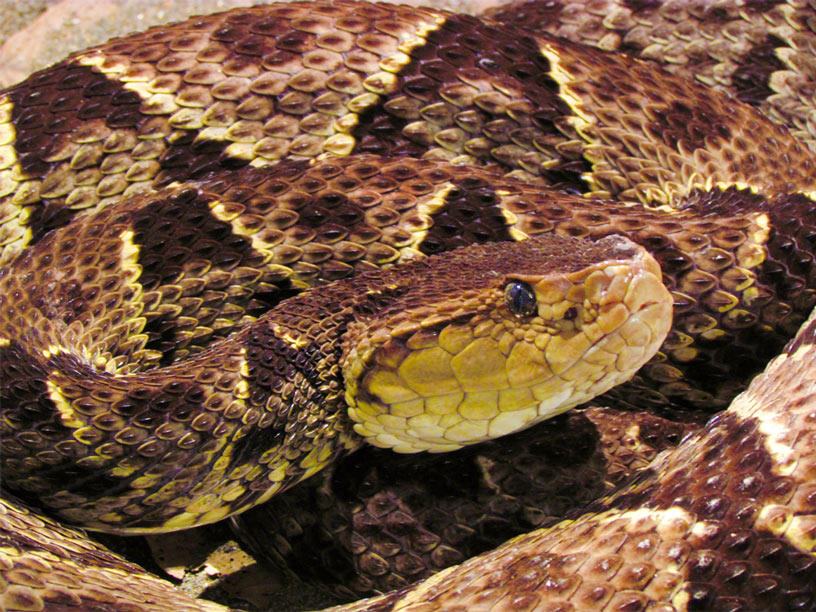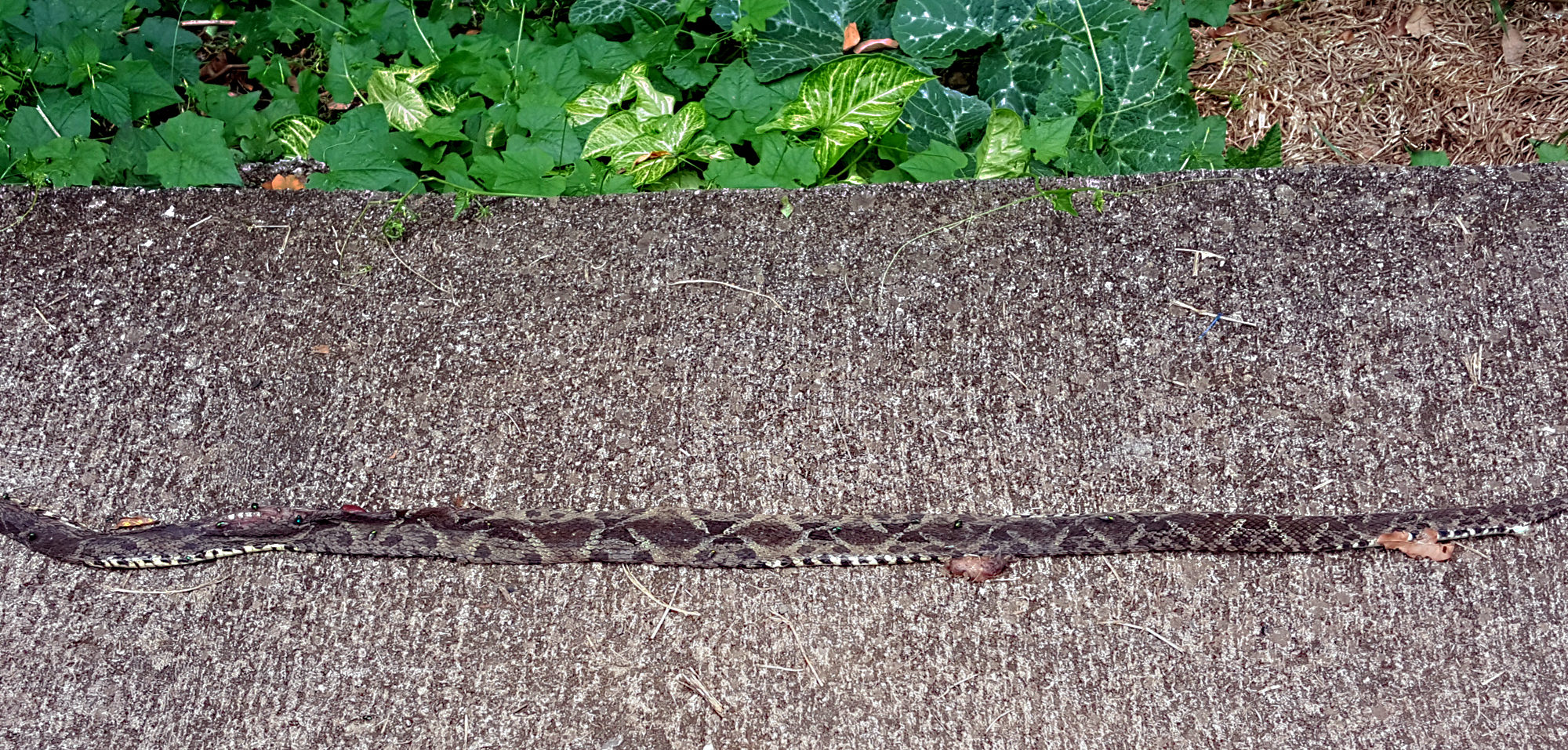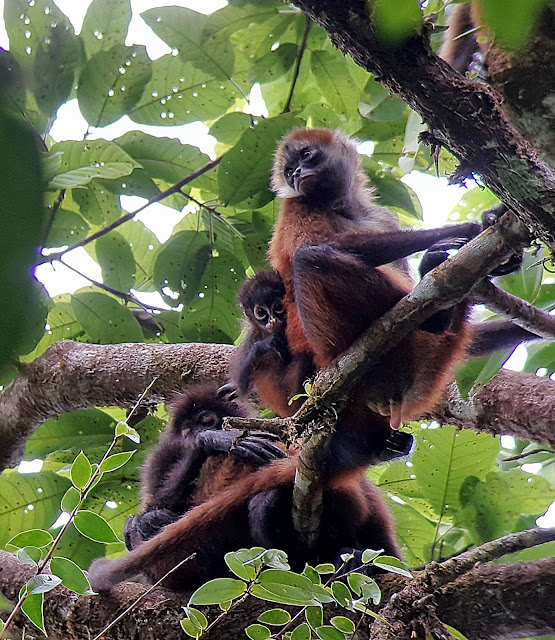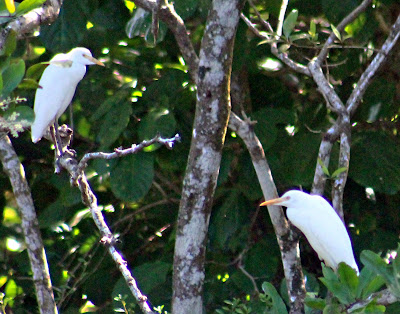 |
| Some of the books I use plus the internet now. |
 Before the Yorkin Trip I had four books specifically for Costa Rica wildlife (in above photo) and the bird book, A Guide to the Birds of Costa Rica, was the best of those (seen in above photo by Stiles & Skutch, 1989). I am now replacing it with a 2014 book by one of the members of the birding club I just joined, Robert Dean, The Birds of Costa Rica, A Field Guide. It is obviously more up to date and has more birds. This is the second edition of his book. I’ve ordered it from Amazon.com and it should be here by next week via Miami.
Before the Yorkin Trip I had four books specifically for Costa Rica wildlife (in above photo) and the bird book, A Guide to the Birds of Costa Rica, was the best of those (seen in above photo by Stiles & Skutch, 1989). I am now replacing it with a 2014 book by one of the members of the birding club I just joined, Robert Dean, The Birds of Costa Rica, A Field Guide. It is obviously more up to date and has more birds. This is the second edition of his book. I’ve ordered it from Amazon.com and it should be here by next week via Miami.
 Our birding guide for the club and my first club trip, Pat O’Donnell, also recommends an app (he co-authored) which I got for both my phone and Kindle called “Costa Rica Birds – Field Guide” which is available from most app stores or directly from the producers at BirdingFieldGuides.com It is very good with lots of photos of all the birds of Costa Rica and a filter to help you label your bird photo. I may end up using it more than the book. We’ll see! With my Kindle Fire I have gone to almost all electronic books anyway.
Our birding guide for the club and my first club trip, Pat O’Donnell, also recommends an app (he co-authored) which I got for both my phone and Kindle called “Costa Rica Birds – Field Guide” which is available from most app stores or directly from the producers at BirdingFieldGuides.com It is very good with lots of photos of all the birds of Costa Rica and a filter to help you label your bird photo. I may end up using it more than the book. We’ll see! With my Kindle Fire I have gone to almost all electronic books anyway.
The Panama bird book (in first photo)is very good, more recent than my first Costa Rica book, and can be used as a backup for identification. We almost have the same birds with a few exceptions. It is our southern birds and their northern birds that overlap. Likewise our northern birds overlap with Nicaragua.
The Costa Rica butterfly book in the top photo is very limited, so I also use the U.S. National Audubon Society guide (glad I kept it!). The only more thorough butterfly book for Costa Rica I’ve found is a college textbook for $80+ and I haven’t gone that far yet! Plus it is probably more technical than I want. I just want images to help me identify my photos.
The internet is good for some creatures, but not all. I still have unidentified butterflies and birds in my photo collection! I have also joined some websites or online organizations to help with birding and bird identification, but not a lot of help yet. So please know that when I label something “Unidentified,” it is not because I didn’t try! 🙂
Likewise I have one book on Costa Rica plants and it is about as limited as the butterfly book. So plants are sometimes even more difficult to label and I’m learning that the common Spanish names and English names are not simply translations of each other. Maybe I should go with the Latin! 🙂
Research is what I’m doing when I don’t know what I’m doing.
~Wernher von Braun
——
“Costa Rica Extra” Sports Tidbits:
Was Recreational Ziplining Really Invented in Costa Rica? Yes indeeeed! No data on whitewater rafting which is also big here.
The most popular sport in the little farm town of Atenas is el voleibol (volleyball) with one high school the national champion most years! We have a park with a beach volleyball court, all sand! I don’t know how it ranks in popularity in the country of Costa Rica, but is definitely popular, especially on the two coasts along with surfing there.
Though el futbol (soccer) is the most popular spectator sport in Costa Rica, el beisbol (baseball) is a close second as is el practicar surf (surfing) and el ciclismo (cycling) where we were just ranked high in the El Tour de Francia. And Costa Rica has the Latin American Champion Surfista (surfer) almost every year!
The happiest people on earth love their sports and recreation and smart gringos avoid driving to the beach on weekends when the highways are literally packed bumper to bumper with Ticos at the beaches! Pura Vida!
——

“Time is a game played beautifully by children.”
― Heraclitus, Fragments

“Weekends don’t count unless you spend them doing something completely pointless.”
― Bill Watterson
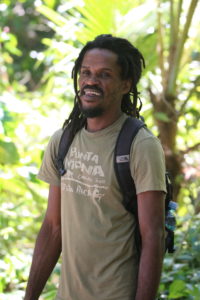 Many more photos from today to share tomorrow after I visit an indigenous people reserve village. Staying busy and loving it! Omar Cook, my guide today is pictured here and he was fabulous! I’ll share more scenery and animal photos tomorrow. I’m exhausted now! A lot of walking!
Many more photos from today to share tomorrow after I visit an indigenous people reserve village. Staying busy and loving it! Omar Cook, my guide today is pictured here and he was fabulous! I’ll share more scenery and animal photos tomorrow. I’m exhausted now! A lot of walking!